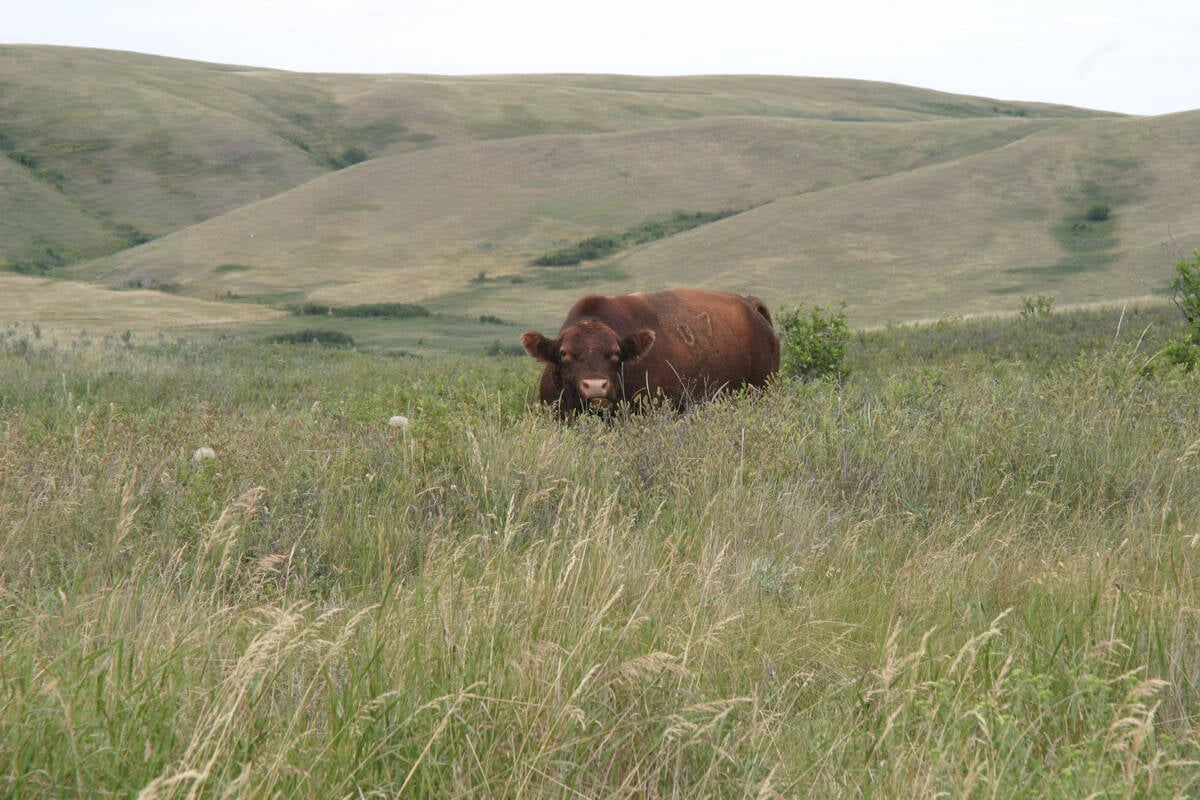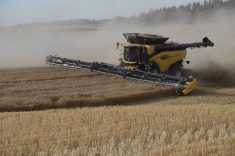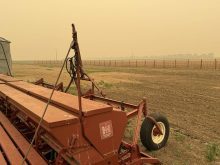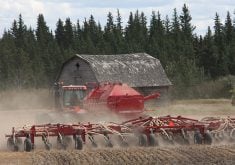SEONGNAM, South Korea – Yeon-Ho Choi looks far more comfortable in a library than a barn, not surprising given that the 48 year old heads the animal science department at Shingu College.
But Choi, a born and raised urbanite, has created a computer network that has made him an unlikely hero for South Korean poultry farmers at a time of turmoil for the industry.
The South Korean government agreed to open its markets to foreign commodities starting in 1994.
Before that, probably less than 10 percent of the South Korean market was open to foreign farmers, said Choi, who lectures at Shingu College, in the Seoul suburb of Seongnam.
Read Also

Saskatchewan puts crown land auction on hold
Auctions of Saskatchewan crown lease land are once again on hold.
Producers initially rioted over trade liberalization when the borders opened. Although armed clashes between farmers and police have ended, the government worried about the rapid greying of South Korea’s agricultural industry as young Koreans left the farm for careers in the city.
The South Korean government agreed to invest in projects that could help farmers cope with the new forces at play in the marketplace.
The Korean Poultry Association turned to Choi, whose research focused on predicting supply. The association gave him a $115,000 grant to set up a computer network that would allow the government to estimate the number of chicks produced by hatcheries in a year.
“This will allow the government to calculate whether the price will be high or low over the year,” said Choi.
Low acceptance
While Choi’s computer network has proven popular enough to be also adopted by the country’s cattlemen and pork producers, it has not proven glitch-free, largely because a few farms have held out from joining it.
“The only problem is that only small farmers are participating in the system, although I have travelled around the country to promote the system and create interest,” Choi said.
“We still can’t predict the price of commodities, but we can give producers an idea of the supply, which provides some help.”














